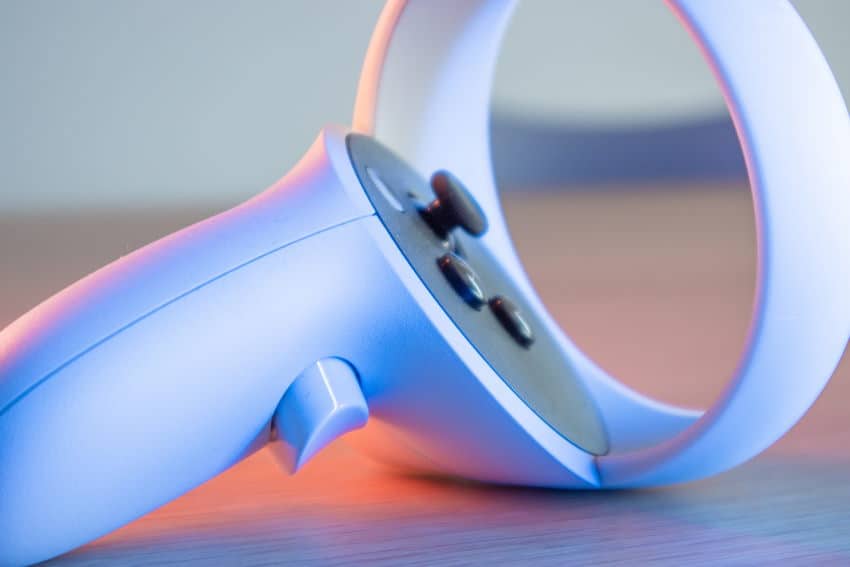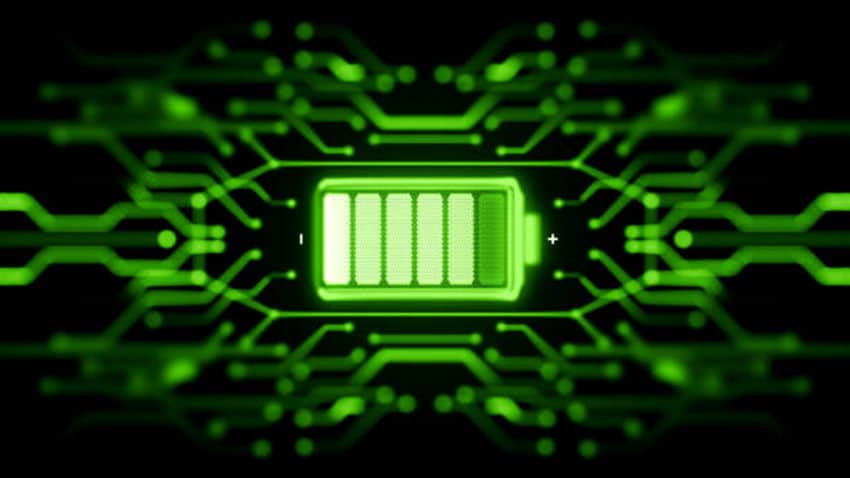
Ever faced the headache of your Oculus Quest 2 controller acting up? Well, you’ve hit the jackpot here. I’ll dive into how you can get your controller working like brand new, fast.
The 7 ways to fix your Oculus Quest 2 Controller when it’s not working are:
- Unpair and Repair Controller
- Remove and Reinsert Batteries
- Try New Batteries
- Restart the Quest 2 Headset
- Clean Controller Battery Contacts
- Place Aluminium Foil on Battery Contact
- Factory Reset Your Quest 2
Note! I am in the middle of writing a complete tutorial for solving Quest 2 controller issues. Make sure to read my articles about troubleshooting controller power issues and solving controller pairing/connection problems.
Allow me to get into a little more detail about each of these methods.
1) Unpair and Repair Controller
You’ll already be familiar with this process if you’ve had to pair a new controller in the past. But for those of you who’d like to know the how behind this solution, go ahead and download the Oculus App on your phone.
It’s available on both Android and iOS and makes this step much easier. Launch the App and then follow the steps below:
- Navigate through the universal menu to your paired devices
- Tap the Quest 2 currently paired
- Tap Controllers
- Tap any one controller
- Tap Unpair Controller
- Tap Unpair
- Repeat the unpairing process with the second controller as well
- To pair them again, select the option to pair a new device from the same Controllers menu
I have described the whole process of pairing / unpairing Quest 2 controllers (with images) in my previous article.
2) Remove and Reinsert Batteries
Due to some electrode mumbo jumbo, there’s a chance that the batteries need to be taken out and put back in. A common practice when it comes to getting TV remotes to work again.
Sometimes the cells just need to breathe in some fresh air. I read this on the Internet so it must be true.
Now, the important thing here is actually taking out the batteries. It’s a big step for a first-timer, and can go wrong if you’re not careful. We’ve all been there.
To make things easier for you, I’ve already covered everything you need to know about removing and reinserting batteries in my other article. From finding the battery compartment, to opening it. Some from our beloved VR community had a much more difficult time with this than others!
It would also be a good idea to wait for a couple of minutes after removing the batteries to break the electric connection fully.
3) Try New Batteries
This solution is going to be particularly effective if your controllers – or even just one of them, were working fine. You know, until suddenly they weren’t.

There’s a good chance that the only thing they need is a little more of that positively charged electric juice: new batteries.
If you’re already using rechargeable batteries, you might want to charge them up and try the controller again before you put your hard-earned cash out there.
If you’re having trouble deciding which new batteries would be needed for the Quest 2 controller, I’ve shortlisted my top picks towards the end of this article.
4) Restart the Quest 2 Headset
Allow me to indulge in one sentence of philosophy: the most effective solutions are often the simplest ones.
That being said, restarting an electronic device to fix theoretically any problem with it can be traced back to the first piece of tech. Probably.
Simply restart your Quest 2 headset and check whether the controllers work.
In case the controllers are not recognized right away, be sure to press multiple buttons on both controllers after the headset has restarted.
5) Clean Controller Battery Contacts
Battery contacts are the metal connectors located in the battery compartment of the Quest 2 controller. On one side there is a metal strip and on the other side a spring – they allow for a smooth electric flow from the batteries.
So naturally, if there’s something wrong with the contacts, the current stops getting where it needs to and your controller won’t work.
Have a visual inspection of the state of the contacts in your problematic controller(s). The contacts should be clean and shiny without any debris on them.
If yours are not, I’ve found a comprehensive article here that even has a video tutorial on how to clean your Quest 2 controller’s battery’s contacts.
Even if you don’t have all the recommended items needed, the video has DIY recommendations from your household equipment!
6) Place Aluminium Foil on Battery Contact
The Quest 2 uses a single AA battery for each controller. Whilst in theory AA batteries should be universal and applicable to all devices, there have been problems with the Quest 2.
This seems like a design flaw, but people have reported that some AA batteries are too short for the Quest 2 controllers and the electrical circuit tends to break (especially when doing fast movements with your hand).
To overcome the issue, you can try to fold and place aluminum foil on the even side of the controller battery contact. This helps to tighten up the battery in the compartment and ensure that the electrical circuit does not break.
7) Factory Reset Your Quest 2
If all else fails, it is time for the highest level of “have you tried turning it off and on again?”
Pulling a Factory Reset completely wipes out all data on your headset. This is the closest thing to bringing it back to brand new from the inside.
Note! Are you having any worries or doubts about factory resetting your headset? Click on the link to read my previous article where I demonstrate the whole process step-by-step and list specific actions to take before and after.
I really hope that at least one of these solutions worked for you. You might have noticed that everything I’ve written here tries to fix the software of your Quest 2 controller in one way or the other.
If you find yourself stuck even after trying these solutions, there’s a chance that your controller has a hardware issue. This means that it’s time to take it to a specialist – your nearest electronics guy.
If the controller is still relatively new, it could be under warranty. In that case, contact the Oculus Support team and request a new one.
HARDWARE USED FOR TESTING AND WRITING THE ARTICLES:
* Meta Quest 2 (My “daily driver” headset, which I absolutely love & recommend)
* Lenovo Legion 5 Pro (AMD Ryzen 5 5600H, Nvidia Geforce RTX 3060, 16GB RAM)
* TP-Link Archer C6 (budget dedicated router for Air Link, see my full setup tutorial)
ESSENTIAL QUEST 2 COMFORT ACCESSORIES:
* VR Cover Foam Replacement (one of the easiest & cheapest ways to improve headset comfort)
* BoboVR M2 Head Strap (reduce pressure on your head and improve the overall fit of the headset)
